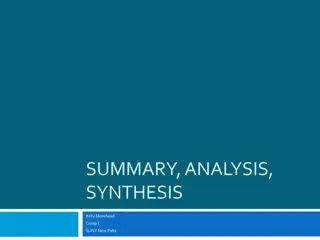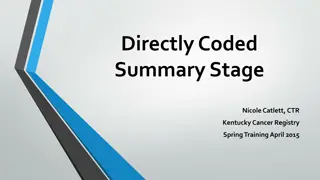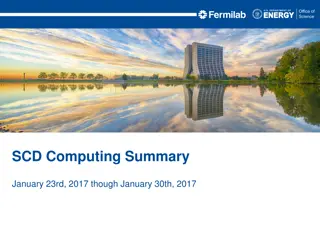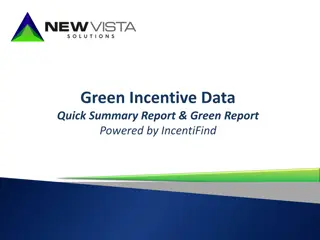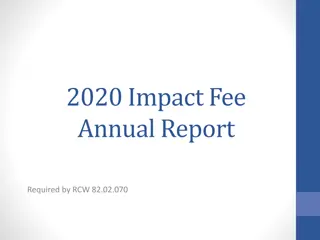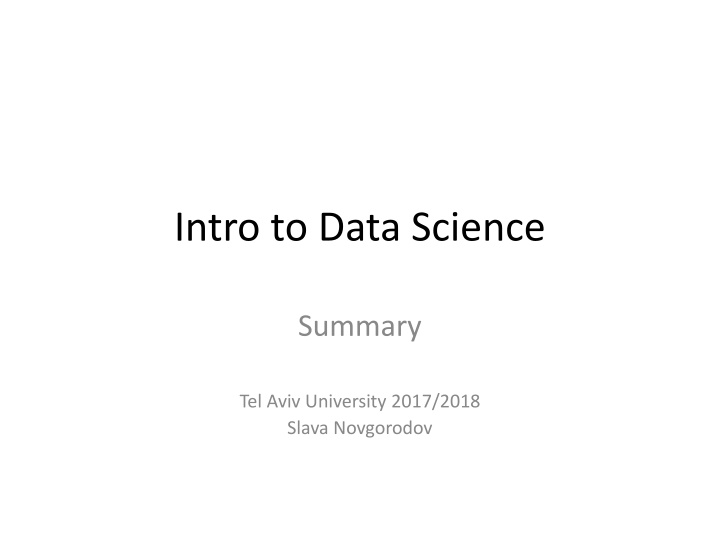
Introduction to Data Science at Tel Aviv University with Slava Novgorodov
"Explore the comprehensive course on Data Science at Tel Aviv University in 2017/2018 taught by Slava Novgorodov. Topics covered include Machine Learning, Big Data, Handling Missing Data, Data Imputation, and In-depth Algorithms like K-Means and Decision Trees."
Download Presentation

Please find below an Image/Link to download the presentation.
The content on the website is provided AS IS for your information and personal use only. It may not be sold, licensed, or shared on other websites without obtaining consent from the author. If you encounter any issues during the download, it is possible that the publisher has removed the file from their server.
You are allowed to download the files provided on this website for personal or commercial use, subject to the condition that they are used lawfully. All files are the property of their respective owners.
The content on the website is provided AS IS for your information and personal use only. It may not be sold, licensed, or shared on other websites without obtaining consent from the author.
E N D
Presentation Transcript
Intro to Data Science Summary Tel Aviv University 2017/2018 Slava Novgorodov
Todays lesson Introduction to Data Science: Recall of course topics Exam structure Sample questions
Course Topics Machine Learning: Intro to ML Data understanding and preparation Feature selection, model evaluation Supervised/Unsupervised learning Big Data Intro to Big Data architectures MapReduce Basic SQL and SQL over MapReduce Hadoop, HDFS Spark
Where we are Business Understanding Data Understanding Data Preparation Data Deployment Modeling Evaluation
Handling missing data: removing it Ignore the feature Pro: Simple, typically not biased Con: May be a very useful feature Ignore the sample Pro: Simple, all features are kept Con: Removed samples may be biased Con: Data may become small Intel Advanced Analytics
Data imputation Estimate the missing values Simple data imputation: Mean, median, mode Mean (Reliability): (5+5+2+1+3+3+1+3+3)/9 = 2.88 Median (Reliability): 1 1 2 3 3 3 3 5 5 Mode (Country): USA = 6, Japan = 3, Korea = 1. Intel Advanced Analytics
Algorithms we touched in-depth K-Means kNN Na ve Bayes Decision Trees Regressions SVM
Bayesian view in a (very small) nutshell We see evidenceX, such as the CPU tests results We have Prior probabilities for having a bad CPU, e.g.: P(C=good) = 0.99; P(C=bad) = 1-0.99 = 0.01 We obtain the Likelihood: Probability of evidence, given each class, e.g.: P( X | C= good) = 0.17 We compute Posterior probabilities: Probability of class, afterseeing the evidence, e.g. P(C=good | X ) prior likelihood posterior ( ) ( p ) C C | P p X ( ) Bayes rule: , where ? ? = ?? ? ? ? ? C = | P X ( ) X evidence
K-Means Recall from Recitation 2 Used for clustering of unlabeled data Example: Image compression
Learning systems Recall the 11 matchsticks problem we discussed in class on Recitation #3
Big Data Map Reduce principles, Hadoop, HDF SQL over Map Reduce General questions solved with Map Reduce Spark and differences from Hadoop
Exam Structure Two equal-points parts: ML and BigData ML: 8-10 closed/short open questions BigData: 4-5 open questions Sample questions: in class









